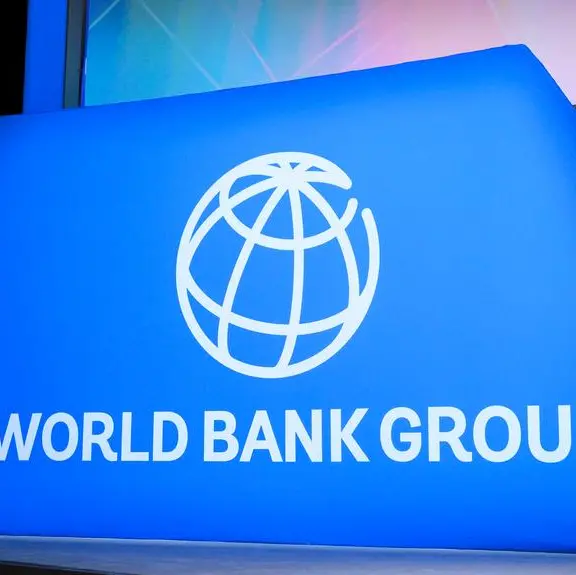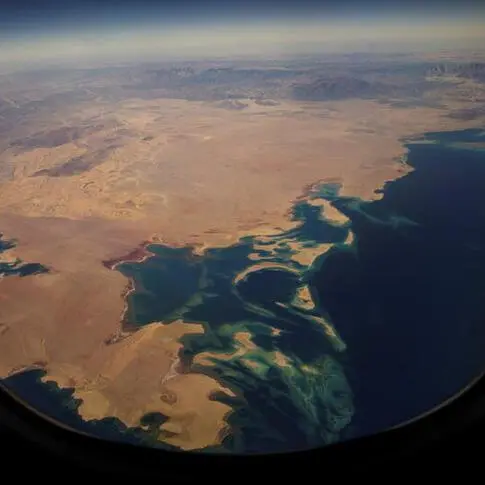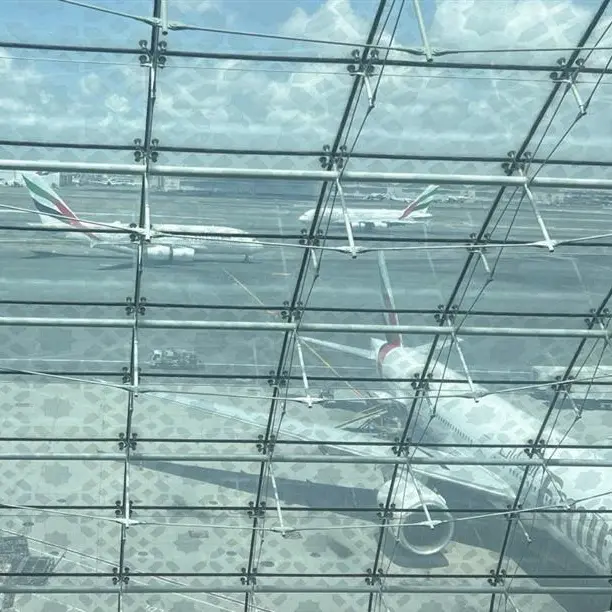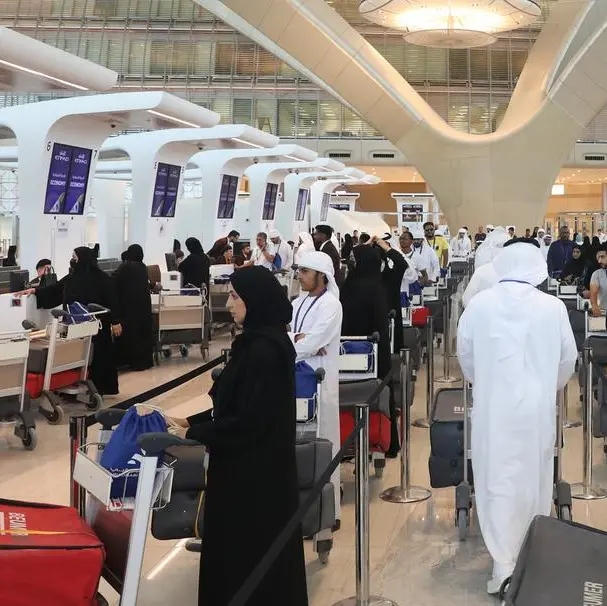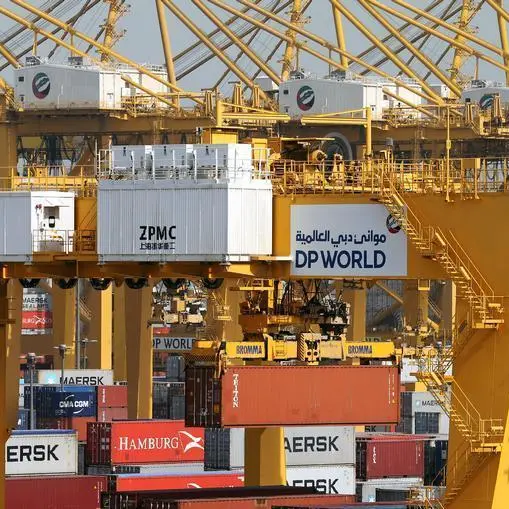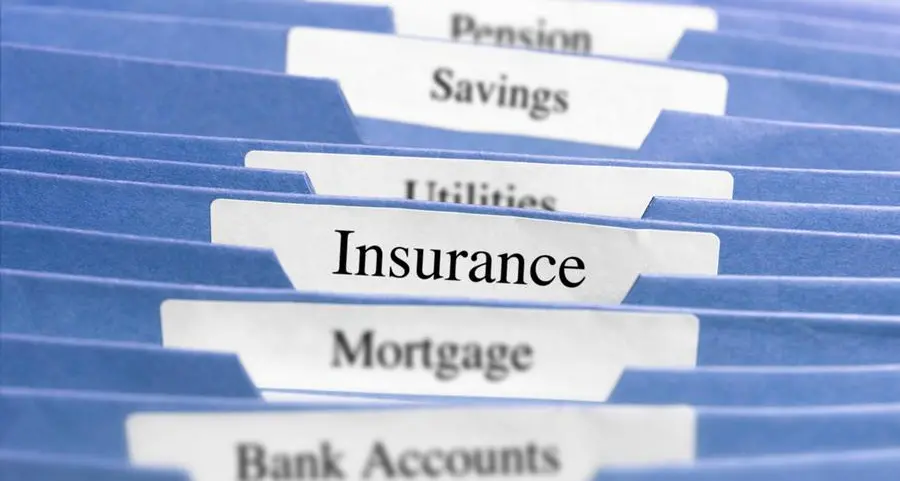Gulf Capital, an Abu Dhabi-based alternative asset management firm, announced last week that it had secured a 500 million UAE dirham ( $136 million) credit facility from its lenders. The purpose stated was to “increase the company's liquidity and for investments in the Middle East.”
Other recent news about Gulf Capital, and some facts about the company, raises potential inconsistencies about the reason for the credit facility that warrant further examination.
Gulf Related origins
In March of this year, an executive from Gulf Related (GCRE), a joint venture between Gulf Capital’s real estate unit and U.S. developer The Related Companies (Related) told Bloomberg in an interview that it was close to selling The Galleria Mall on Al Maryah Island, Abu Dhabi to Mubadala Investment Co, an Abu Dhabi sovereign wealth fund (SWF).
Gulf Related began operations in 2009, just three years after Gulf Capital was incorporated and in the midst of the global financial crisis. Gulf Capital’s first fund, Gulf Capital Syndicate I (GCS I), closed in 2007 and in the midst of raising Gulf Capital Equity Partners Fund II (GCEP II), which had a first close in August 2008 and a final close in February 2010.
This raises several questions. The first is why is an asset management firm that has been recently formed and just closed its first private equity fund was launching a new real estate investment platform? Wouldn’t it have made sense to focus on deploying the funds in GCS I and create value in its portfolio companies first? Or did GCS I fully deploy within two years and Gulf Capital thus felt that it had created enough value to warrant not only launching a new investment platform in Gulf Related but also to launch GCEP II during the same period?
The second question is why Gulf Capital launched Gulf Related, presumably using its own balance sheet to make the investment, as a company as opposed to a fund?
Concentration risk
Gulf Capital lists only one subsidiary investment platform, in real estate. It does not list any other subsidiary investment platforms in other asset classes, although it also lists a principal investment in Metito Holdings.
In other words, at the time of writing, the public information shows that outside of participating in its own funds, Gulf Capital has principal investments in real estate and a single company.
The question this raises is why would an asset management firm, presumably well versed in managing risk through asset class diversification, have such a high concentration of its own investments in a single asset class - real estate?
The concentration risk is not restricted to asset class, but also to geography. Gulf Related lists five projects on its website. Four of those five projects are located on Al Maryah Island in Abu Dhabi. The other is in Saudi Arabia.
Other unconventional issues
In trying to understand whether Gulf Capital’s real estate principal investment strategy follows conventional norms, it is helpful to look at whether some of the other facets of Gulf Capital follow conventional norms.
Gulf Capital was established in 2006 with a capital base of 1.2 billion dirhams (USD 330 mil-lion). The optimal size of the equity of an asset management firm is dictated by its strategy. There are two main uses for the capital of a management firm: 1. Initial startup costs, and 2. management commitments to their funds, as a way of aligning interest with the investors.
Starting an asset management firm, which consists mainly of recruitment in the pre-operating phase, first funding marketing, rent and legal fees, certainly does not need 1.2 billion dirhams. Even 20 million dirhams is an extremely generous amount. For the sake of a simple example, it would be safe to assume that Gulf Capital had at least 1 billion dirhams left of its equity after it began full operations and had closed its first fund. For that remaining 1 billion dirhams to make commercial sense it has to be linked to the size of the funds that it is raising. Private Funds Management, a Private Equity International publication, published an article in January 2019 reporting that the average commitment of an asset manager to their own funds ranged from 3 percent to 5 percent. This would indicate that under conventional market norms, Gulf Capital was targeting total fund sizes (not investments) of between 20 billion dirhams to 33 billion dirhams. Gulf Capital’s website states that it has 14.7 billion dirhams of assets under management, far short of the lower end of 20 billion that market norms suggest. This over-capitalisation would create a drag on financial performance.
This leads to the question of why Gulf Capital needs a 500 million dirham credit facility, discussed at the beginning of this article, ostensibly to increase the company’s liquidity and investments. A commercially-rational balance sheet strategy would indicate that Gulf Capital should be flush with liquidity.
A second issue is a Reuters report from earlier this year that Gulf Capital’s credit fund halted investments after staff departures. The report states that two unnamed sources said the staff departures were due to “… dissatisfaction with the firm's leadership structure and investment decisions, as well as concern over an excessive build up of debt..” and that these departures triggered a key man clause that legally stopped the credit fund from continuing to invest. Although these details were not confirmed by Gulf Capital, losing two senior staff and at the same time halting investments in the credit fund exposes issues in the operating environment of the firm.
Gulf Capital’s impact on Abu Dhabi’s economy
Gulf Related has four of its five projects located on Al Maryah Island, Abu Dhabi and is under the jurisdiction of the Abu Dhabi Global Market (ADGM). ADGM’s website states that it is “a key pillar of Abu Dhabi’s Economic Vision, acting as a catalyst for the growth of its dynamic financial services sector” Gulf Related is supporting ADGM’s efforts, having developed The Galleria on Maryah Island and developing Al Maryah Central, as well as a hotel and a luxury residence tower.
The importance of Al Maryah to Abu Dhabi is reinforced by the fact that The Galleria was a joint project with Mubadala’s real estate arm and the recent revelation that Mubadala is in talks to buy the whole project.
Mubadala’s support for ADGM includes a physical presence and licensing in the ADGM, as well as most recently leading the Abu Dhabi government’s ambitious Hub71 tech ecosystem project located within ADGM. Mubadala’s deputy Group CEO sits on the board of ADGM. These links are both broad and deep. Perhaps Mubadala is not only a natural buyer for The Galleria due to its partnership in that particular project, but also its partnership with ADGM.
This raises the question of whether it might not make sense for Mubadala to think bigger than simply acquiring a single real estate project? Buying Gulf Related is one possibility. An even stronger proposition might be to consider the consolidation strategy that is playing out in Abu Dhabi. In recent years, Mubadala itself merged with the Abu Dhabi SWFs IPIC and the Abu Dhabi Investment Council. First Gulf Bank also recently merged with National Bank of Abu Dhabi and currently Abu Dhabi Commercial Bank, Union National Bank and Al Hilal bank are in the midst of a three-way merger.
If such giants see value in consolidation might it not make sense for Mubadala to explore if there is a play with Gulf Capital, a company that is also supporting Abu Dhabi’s strategic plans?
Mubadala itself is too large for it to make sense to absorb the much smaller Gulf Capital. However, Mubadala does own 14 percent of Waha Capital, an Abu Dhabi-based investment company. Indeed, the deputy Group CEO of Mubadala was recently elected chairman of Waha and the Group CFO of Mubadala is also a director. When two of Mubadala’s most senior executives sit on the board of a company, it is natural to assume that this is an important asset.
Potential business synergies between Gulf Capital and Waha Capital come from two main areas. The first is private equity, in which Gulf Capital has been quite successful in its fundraising, but Reuters reported that Waha Capital had abandoned plans for a 1.1 billion dirham PE fund in the middle of 2018. On the other hand, Waha Capital has a financial credit joint venture, Dunia, established and operating since 2008. One of the JV partners is Mubadala. Dunia could be the perfect solution for Gulf Capital’s woes with its own credit fund.
The only thing that would make such a merger even more compelling is if Mubadala was a direct, or indirect, shareholder of Gulf Capital.
Any opinions expressed here are the author’s own.
Disclaimer: This article is provided for informational purposes only. The content does not provide tax, legal or investment advice or opinion regarding the suitability, value or profitability of any particular security, portfolio or investment strategy. Read our full disclaimer policy here.


